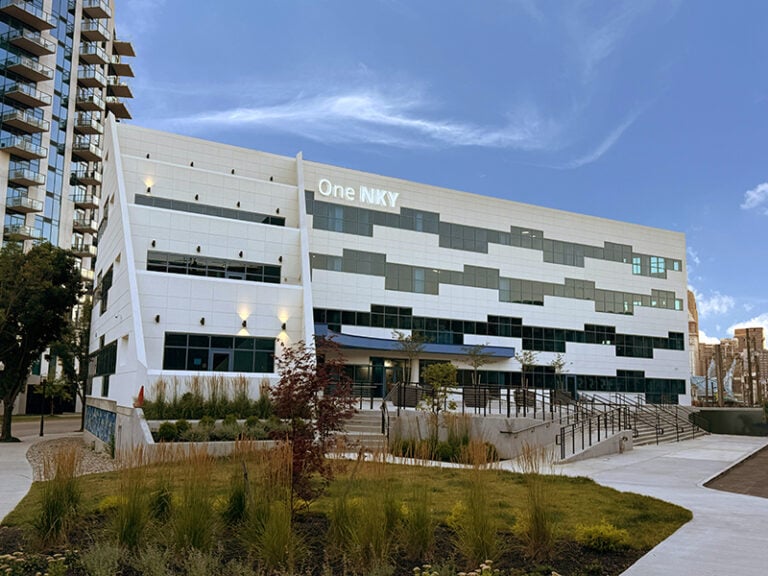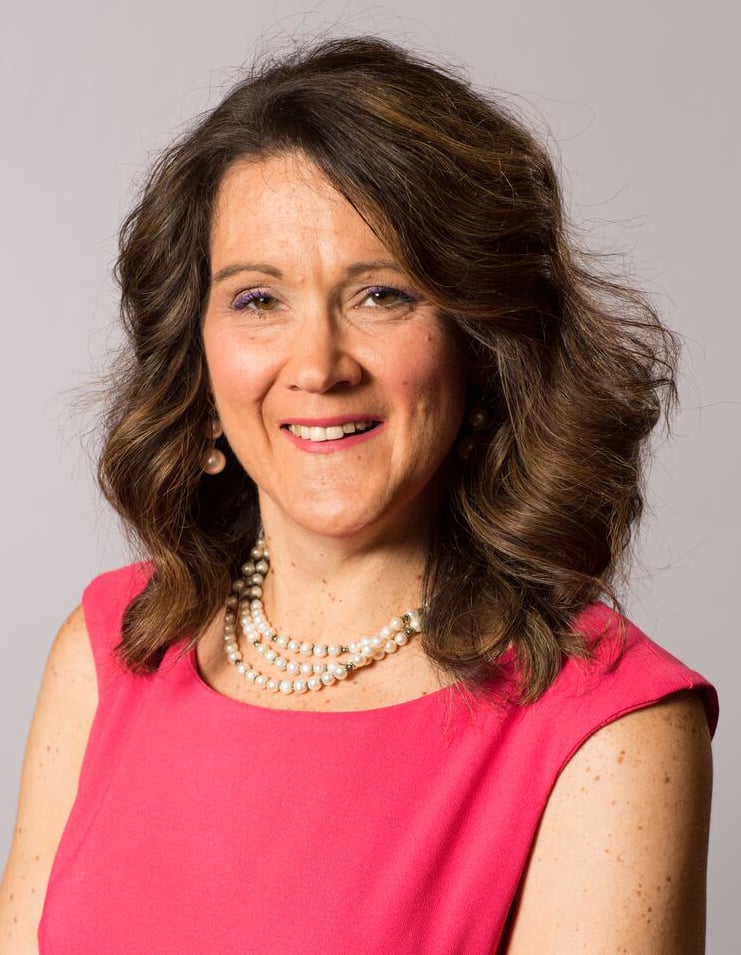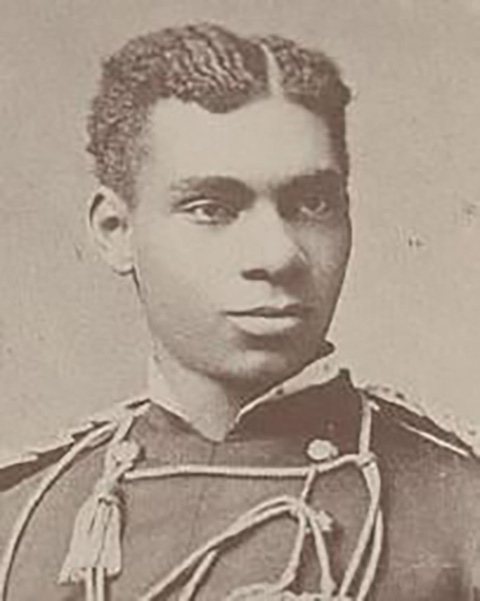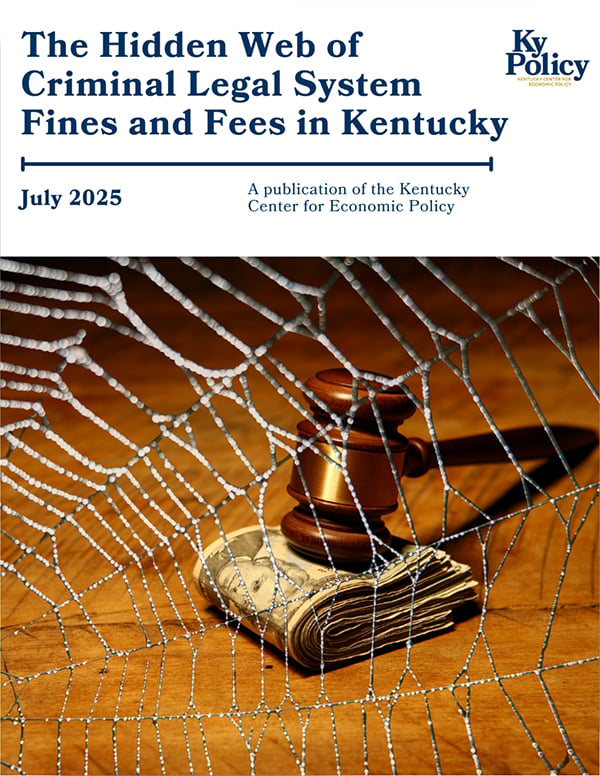This column on bullying in schools will run periodically on NKyTribune.
By Melissa Martin
Special to NKyTribune
Bullying in the school environment often happens out of sight from the school staff in bathrooms, hallways, stairwells, buses, cafeterias or playgrounds. What can be done about these “hotspot” areas?
What can parents do?
Talk to the principal, school counselor, teachers, your child’s bus driver, superintendent, and the school board members about “hotspots.” Discuss the situation and solutions with your local Parent Teacher Association. Talk to other parents.
Teach your children the anti-bully buddy system. Students can pair up with friends in these “hotspot” places. Dialogue with your children about bullying prevention and intervention in “hotspots.” However, the responsibility to stop bullying belongs to adults. And the school needs to turn “hotspots” into safe spots.
What can schools do?
“Teachers and administrators need to be aware that although bullying generally happens in areas such as the bathroom, playground, crowded hallways and school buses as well as via cell phones and computers (where supervision is limited or absent), it must be taken seriously,” according to the American Psychological Association.
How can schools better monitor the “hotspot” areas? Hiring extra adults would mean paying out more money on already tight school budgets. Talk to the students from kindergarten to 12th grade. Implement student surveys on bullying. What would students say about these “hotspot” places?
Some schools have installed video cameras in the hallways or hired police officers while other schools have monitors who periodically check the hallways. Hallways and stairwells are the most common places for school bullying according to the U.S. Department of Education’s National Center for Education Statistics. Click here.
Click here and peruse the hero patrol at school where “Kids have the power to protect each other in school and can be taught what to do.” While it is important to empower children, the responsibility of protecting students is the job of school staff, parents and adults.
Bathrooms
Verbal bullying by girls often happens in school bathrooms. Do schools of the future need multiple individual bathrooms located near the front office?
APA recommends that students, “Whenever possible, avoid situations where there are no other students or teachers. Try to go to the bathroom with a friend.” Click here.
Buses and parking lots
Find information on training for school bus drivers regarding bullying intervention and prevention at the School Bus Safety website. Click here.
Would a volunteer program of adult bus monitors help? Would moms and dads who are homemakers volunteer to be bus monitors? Do schools need to put bus monitors on the payroll in order to better protect our kids?
Playground
More than 300 schools in 23 cities in the United States utilize a managed-recess approach by providing Playworks coaches on playgrounds. Could retired grandparents be trained as volunteer playground monitors? Overseers could offer several playground activities and allow children to choose what to play. It is sad when a child stands alone day after day and watches silently as other children play, laugh and have fun. Purposeful exclusion is a form of bullying.
What are Kentucky schools doing about “hotspots”?
Model policies related to issues found in KRS 158.156 – HB 91 requires principals in Kentucky to develop and implement a plan of supervision for their schools to address the following areas: bus loading and unloading; meals; halls, restrooms, and playgrounds; time before and after the school day; field trips and other school activities. Supervision of bullying “hotspot” areas is crucial.
It does take a community to provide bullying prevention and intervention to ensure the safety of our most innocent citizens, our children.
Melissa Martin, Ph.D., is a child therapist, consultant and educator in Wheelersburg, Ohio.


















